Staying Neutral
Neutral comes from the natural world. Think warm browns, cool greys and creamy whites and what you get is the feeling of warmth, comfort and coziness.
In terms of interior design, neutrals mean “without color”, which also translates to being versatile. They can either serve as background to bold color combinations, complement trendy statement hues or be a space's main color palette and set the mood for a relaxing yet stylish setting.
Here are some ideas to showcase neutral colors in your homes using the right balance of texture, tones and contrasts.
Rainbow of Neutrals
The aim when deciding to use a full-on neutral interior is to create a calm, inviting and timeless space. Mixing and matching palettes may appear to be effortless, but these hues often have undertones and that make choosing the right neutral paint color harder than it appears.
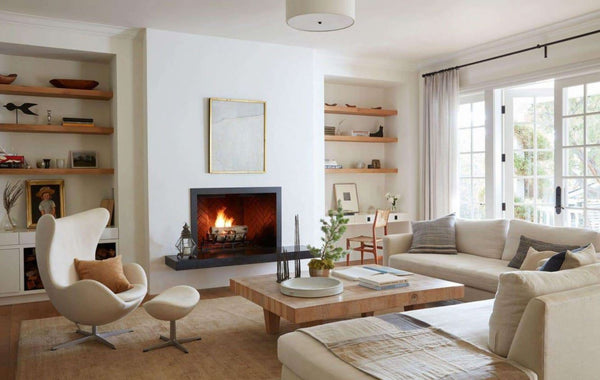
The key is to stick to a limited palette and use no more than two to three complementing colors to go with your main neutral base. It is also important to consider the amount of natural light that a room gets, as these affect how dark or light these hues may appear.

Image via Better Homes & Gardens
As you can see from the sample color palette, neutrals don’t necessarily mean beige and actually range in a variety of white, gray, brown, beige, and taupe hues. This color family is actually as numerous as they are versatile and has two main categories - warm (brown families) or cool (gray families).
Playing around with these hues will result in a change of ambience that will suit anyone’s personal preference and style. For instance, the use of brighter, warmer neutrals gives your room a more open, clean and breezy look.
Meanwhile, muted or darker neutrals can give a space a more luxurious vibe, and perhaps a bit more minimalist appearance, without discounting the cozy feel.
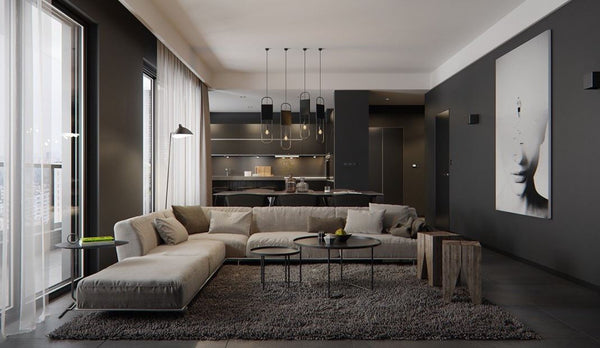
Time for Textures
When decorating with tone on tone neutrals, the challenge is to incorporate as much texture as possible to create contrast and layers. Adding texture to a scheme, whatever its base color, will provide the needed depth and refrain it from looking dull or boring.
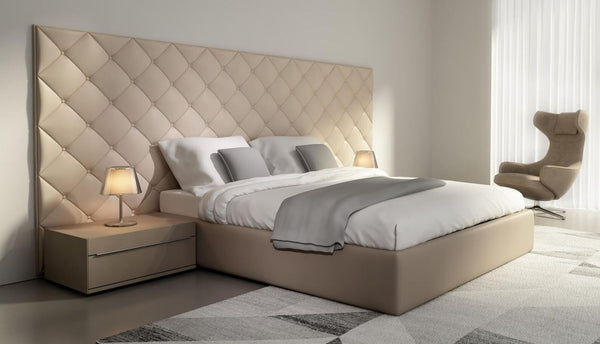
Being such a versatile color family, there is no shortage of accents that go with a neutral palette. Metallic such as brass and bronze add a rich, luxurious look. Choosing a mix of natural wood elements complement the warm ambience.
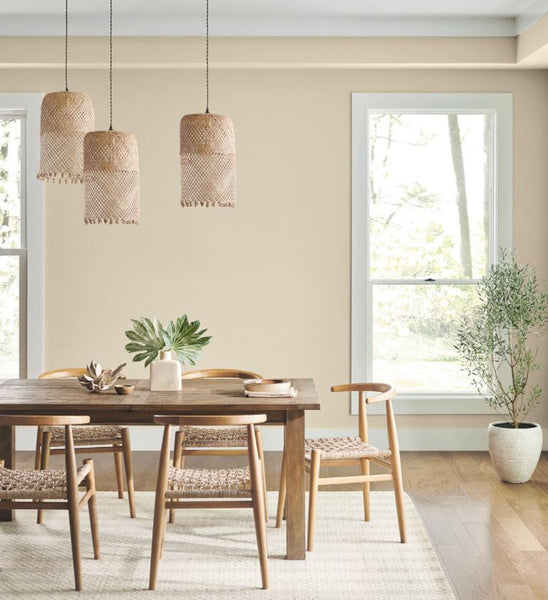
Image via Better Homes & Gardens
As a final touch, accessories such as chunky knit throws and patterns on carpet and upholstery are cost efficient ways to tie the room together and give dimension to keep it interesting.
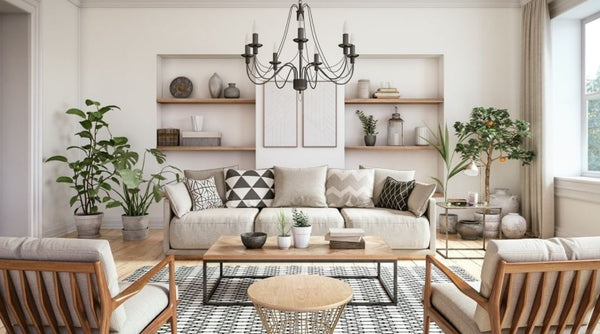
Statement Pieces and Color
The subtle, unassuming nature of neutrals make them the perfect background for any color, design trend and statement, bold pieces. Play around with interesting tile and floor patterns, artworks and accents - the possibilities are endless and you’ll be surprised at how little is needed to give a neutral room a boost.

The easiest colors to add when decorating with neutrals are other natural shades, depending on how warm the room feels. Determine the overall tone you would like, and plan around it. Pale blues and greens help to cool down; to add a little warmth, spice shades such as orange, yellow and red work brilliantly.
Mix it up however you like - the idea is to break the monotony and bring character into the space.

Neutral tones go with anything and transcend time and trends, and incorporating these hues in your home’s palette is definitely a must!
Their versatility will allow room for decorating changes over the years without having to do a complete overhaul, and the selection of color available is numerous and offers a multitude of combinations to make you want to stay the neutral course.
Whether you decide to use them as background or as the main design scheme, they will surely provide a solid foundation in your home, no matter your style or taste.

